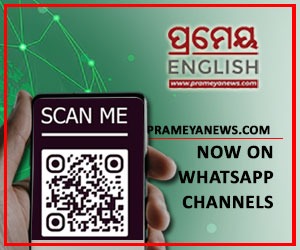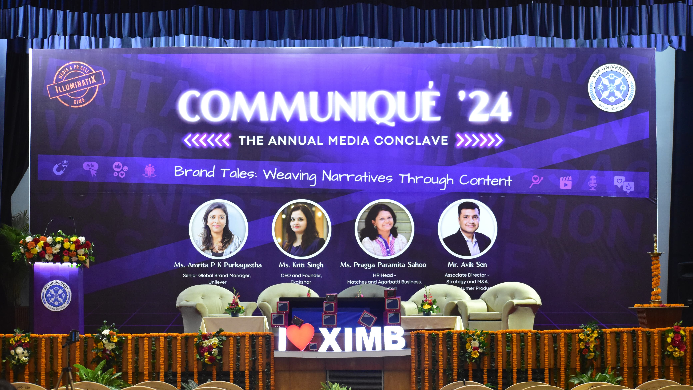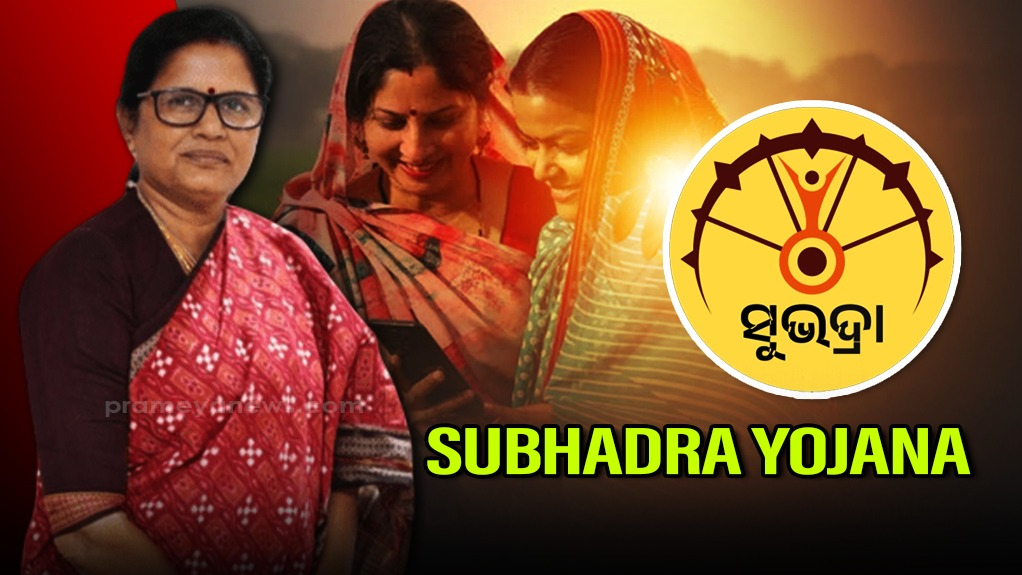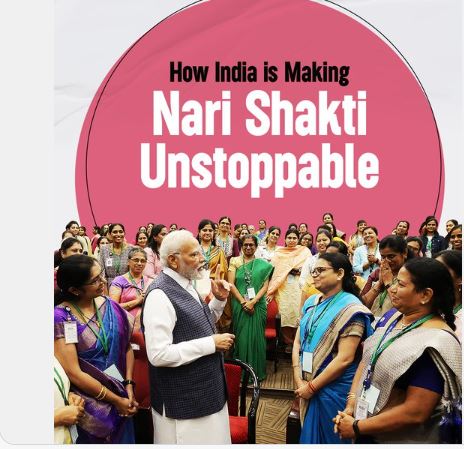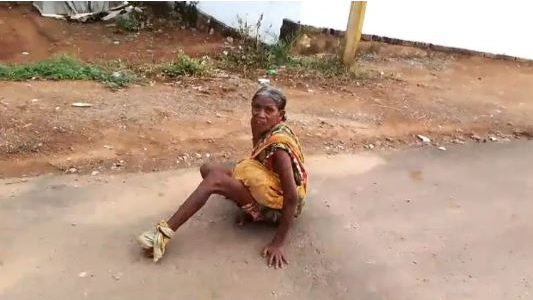Remembering Shankar who set benchmark for political cartooning
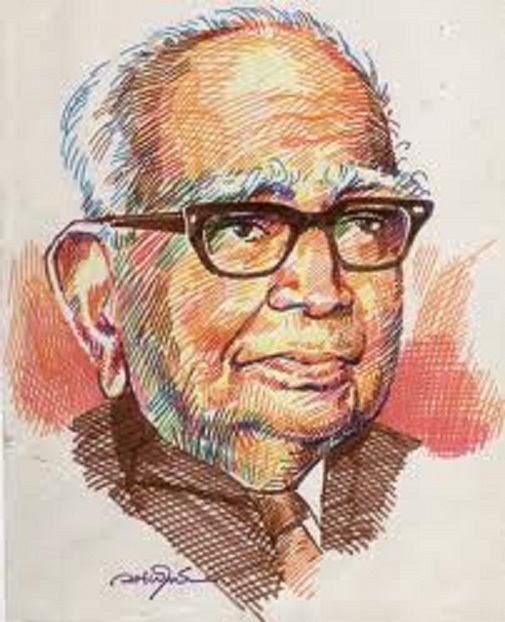
Dr. MrinalChatterjee Among the Indian political cartoonists the name of Keshav Shankar Pillai, popularly known as Shankar stands the tallest. He was born on this day, 31 July in 1902. Shankar set the benchmark for political cartooning in India. HisShankar’s Weekly published from Delhi set the trend of political cartooning in India. It was also the training ground of many cartoonists, who later dominated the Indian cartoonscape. The Doll’s Museum and Children’s’ Book Trust (CBT) were two other significant contribution of Shankar. {"id":59254,"sizeSlug":"large"} Shankar was born at Kayamkulam, Kerala. He attended schools in Kayamkulam and Mavelikara. Drawing caricatures had been a hobby with Shankar from his student days. The sleeping posture of one of his teachers was his first cartoon. He drew it in his classroom. This made the headmaster angry. But then he was encouraged by his uncle who saw in him great potential as a cartoonist. After schooling, he studied painting at Ravi Verma School of Painting at Mavelikara, Kerala. He left for Bombay (now Mumbai) for higher studies after his degree but quit his law studies midway and started working as private secretary to the shipping tycoon NarottamMorarjee. He used to doodle in his spare time, and soon started sending cartoons regularly to The Bombay Chronicle,The Free Press Journaland The Weekly Herald. In 1932, Joseph Pothan, the editor of The Hindustan Timesoffered him a job as staff cartoonist of his paper, which Shankargladly accepted.Thus he and his family finally settled in Delhi. Shankar was a gifted cartoonist. His cartoons attracted common men and intelligentia alike. Even Viceroys like Lord Willington and Lord Linlithgow liked his cartoons. {"id":59255,"width":585,"height":775,"sizeSlug":"large"} After six years with The Hindustan times, he got an opportunity to study art in London for 14 months. He was granted study leave. He spent the period in various Art schools, utilising the opportunity to study the advanced techniques in cartooning. He also visited Berlin, Rome, Vienna, Geneva and Paris. When he returned to India, the country was in the thick of freedom struggle. In 1946, he quit The Hindustan Time. Shankar's Weekly Shankar had always wanted to publish his own periodical. The dawn of independence favoured his dreams for a separate periodical. The idea came true when Pandit Jawaharlal Nehru released Shankar's Weekly in 1948. It was India's first journal of political cartoons, which became very popular. In fact Shankar’s Weekly was as popular in India as the legendary Punch, on which it was modeled. It created a space and demand for cartoons. It was said that even Pandit Jawaharlal Nehru asked Shankar not to spare him. It also inspired a whole generation of artists to become professional cartoonists. {"id":59256,"width":586,"height":347,"sizeSlug":"large"} In fact it acted like a training ground for budding cartoonists, many of whom later became leading cartoonists. Among them were Abu Abraham, T Samuval, Ranga, Kutty and many others. After 27 eventful yearsShankar's Weeklyclosed down in August 1975, when Emergency was declared. Many believe it was the declaration of emergency which prompted him to close down his weekly. The last edition on 31st August 1975 had this caption 'Parting - Not Without Sorrow'. However, AlkaShankar, Shankar’s daughter-in-law and a celebrated author herself, whose many famous books include ‘Indira Priyadarshini’ and Shankar’s biography said, “He wanted to concentrate on children’s work more and more and so he decided to close down ‘Shankar’s Weekly’ in 1975.” After the closure of the weekly Shankar focused exclusively on children’s work. Today besides his contribution to the field of cartooning, he is also remembered for setting up Children's Book Trust (CBT, established 1957) and Shankar's International Dolls Museum (established in 1965). Books Shankar published an autobiographical work, 'Life with my Grandfather' in 1953. Hindustan Times published a collection of his selected cartoons titled Hundred and one cartoons from the Hindustan Times in 1937 with a foreword by Jawaharlal Nehru. Children’s Book Trust published a reproduction of 400 selected cartoons from the Shankar's weekly titled Don't spare me Shankar: Jawaharlal Nehru in 1983. Awards and Honours Shankar was showered with awards. Among them were Padma Shri in 1956, Padma Bhushan in 1966 and Padma Vibhushan in 1976; the Order of Smile, an honour from a committee of Polish Children and the Order de Saint Fortunat from Germany for his dedication to children. Shankar breathed his last on 26 December 1989 The author is a journalist turned media academician. He also writes columns, fiction and plays.He can be contacted at [email protected]
Latest News

Odisha: Nuapada district admin conducts India’...

Odisha: Body of man with tied legs found float...

BMC assault fallout: Mayor calls high-level re...
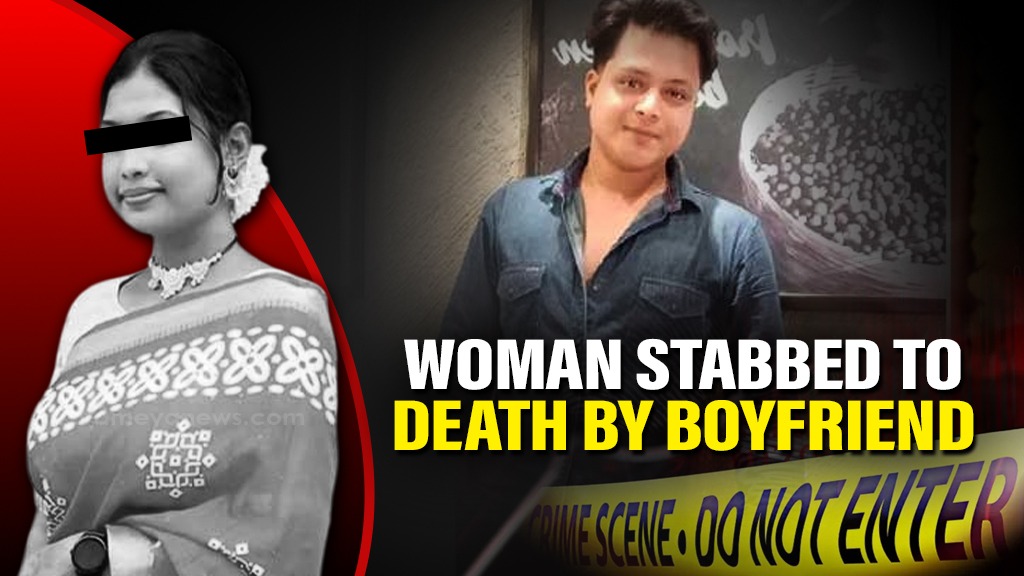
Odisha: 20-yr-old woman stabbed to death by bo...
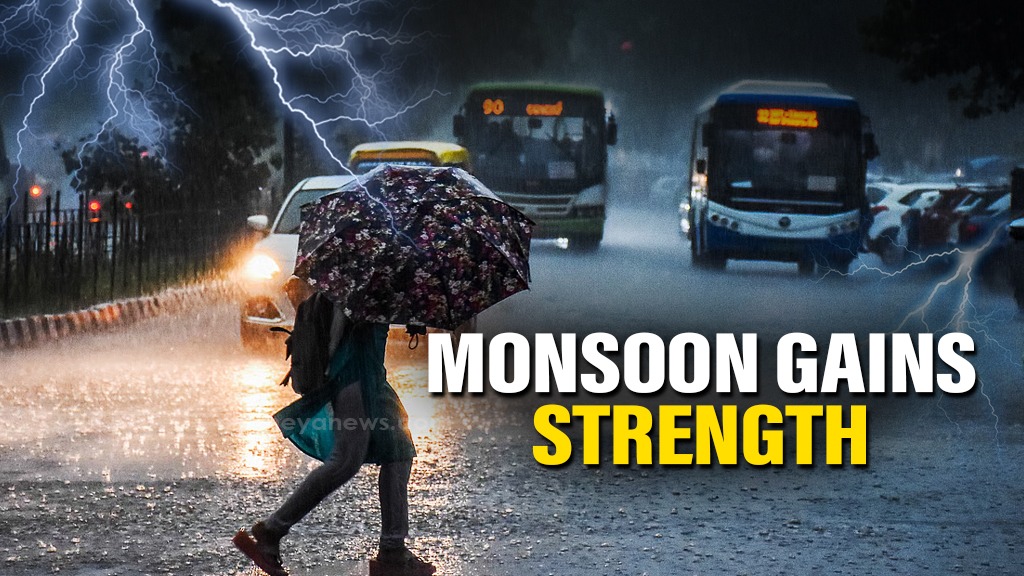
Rain likely across Odisha till July 5, Heavy s...
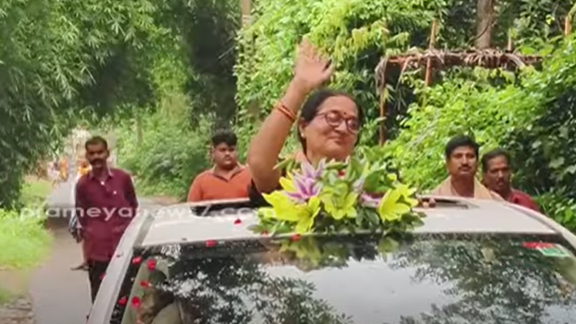
Odisha Teacher Retirement: Sarojini Devi's Ext...
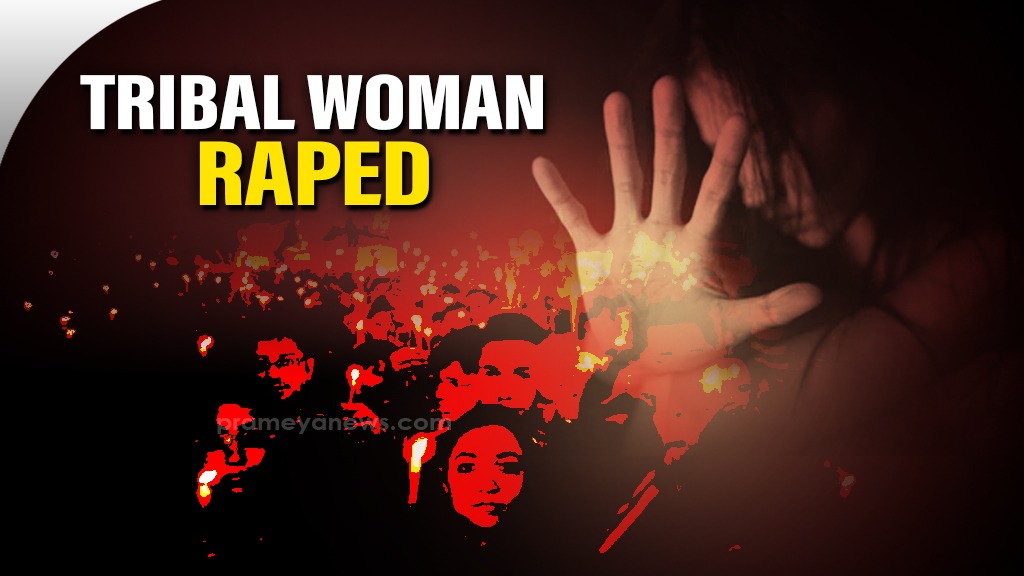
Tribal woman raped by two miscreants in Odisha...
Copyright © 2024 - Summa Real Media Private Limited. All Rights Reserved.










